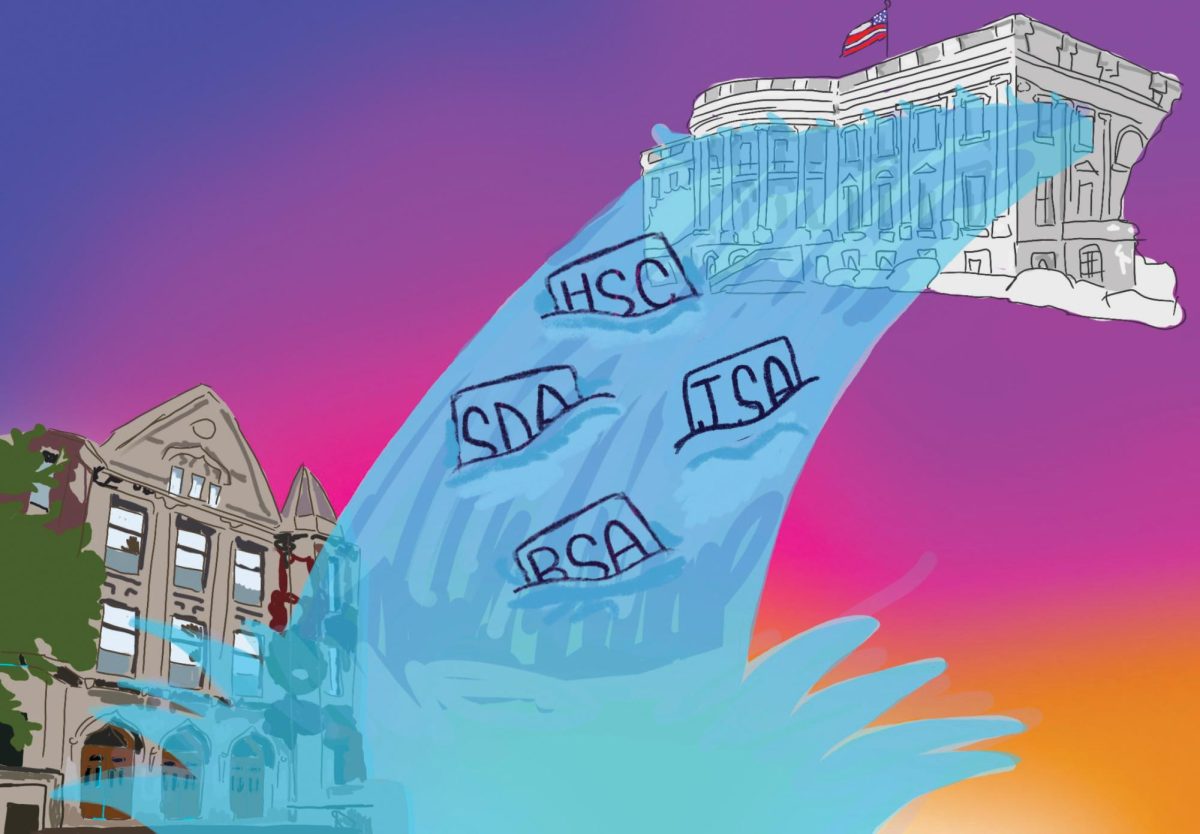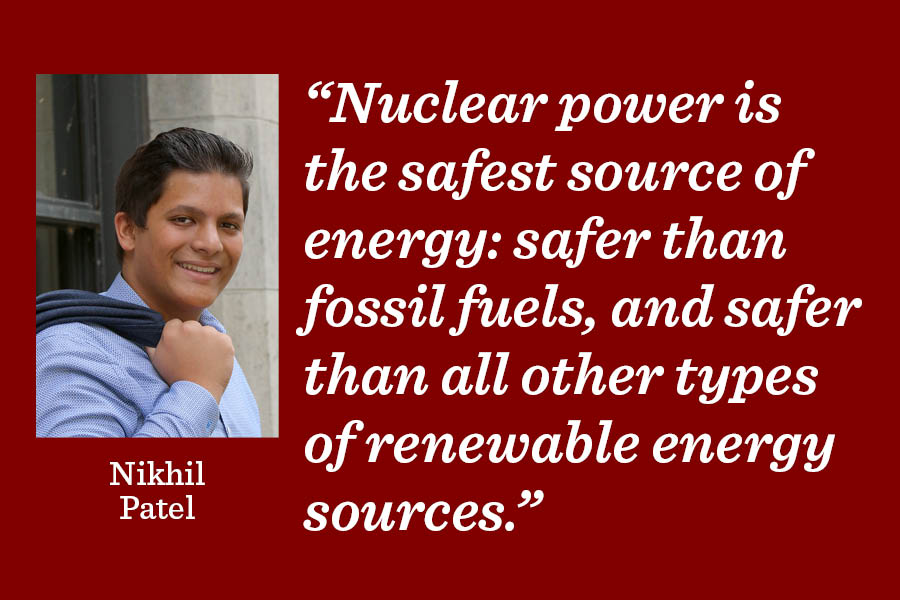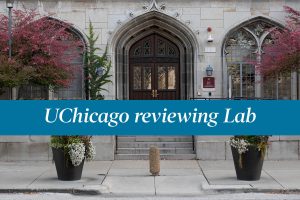Nuclear energy is our best option
April 22, 2020
10 years. 5 years. 18 months. Various experts have different timelines, but one thing that they can all agree on is that we face a climate crisis that will need to be dealt with — and soon. Many people know the solution: reducing our carbon footprint by reducing natural gas and oil usage. Many options — solar, wind, geologic — but their side effects and space requirements are too costly and great to be effective choices.
To handle the national energy crisis, our best alternative to fossil fuels is nuclear energy.
As it stands, countries around the world inject 730 tons of the greenhouse gas carbon dioxide into the atmosphere every second through their usage of fossil fuels. With a national election approaching, American voters have the chance to exercise power in our government and elect politicians on the local, state and federal levels who will fight for a cleaner and greener future. That future must include nuclear energy on a large scale.
Detractors to nuclear energy often point to safety concerns. Fukushima. Chernobyl. Three Mile Island. High profile disasters. Not only that, but the same technology used to create energy is also used in the most destructive weapon humanity has ever seen. But nuclear power is the safest source of energy: safer than fossil fuels, and safer than all other types of renewable energy sources.
And while those fears are certainly founded — Chernobyl, Fukushima and Three Mile all spent a significant amount of time in the news — they can also illustrate how safe the power source is. While Chernobyl had and still has a massive effect on the terrain and a reported fatality count of 40 people, almost all of the damage was due to a denial of the problem and a lack of accountability. This is proven by the Fukushima Daichii disaster — a disaster on par with Chernobyl — that was handled as it should be. As a result, there were no deaths or increase in miscarriages, stillbirths or physical and mental disorders in babies born after the accident according to the World Health Organization. The Three Mile Incident serves to further solidify this point — a total nuclear disaster occurred with no deaths, no increase in miscarriages, stillbirths or physical and mental disorders in babies, and a relatively short clean-up time. As a point of fact, nuclear energy has the lowest number of deaths per terawatt hour of energy production at 0.01 due to accidents.
Nuclear power is the one of only two renewable energy sources capable of matching the energy demand created by the industrial civilizations of today. To match the energy output of a single modern reactor, it would take approximately 400 miles of the most modern wind turbines — nearly the distance from Chicago to Pittsburgh. That’s not to say that wind, solar, and biofuels power will have no place in the future — the technology behind those sources of energy is constantly evolving. However, they simply cannot shoulder our current energy burden. On the other hand, nuclear energy is already shouldering one-fifth of the total energy burden in the United States and nearly 11% of world electricity according to the World Nuclear Association. The only renewable energy source to provide more is hydroelectric energy — whose dams can cause ecosystem flooding and affect the reproduction of endangered species.
We must start relying on nuclear energy now — it is our only way to safely and effectively handle the climate crisis with the time we have left.

































































